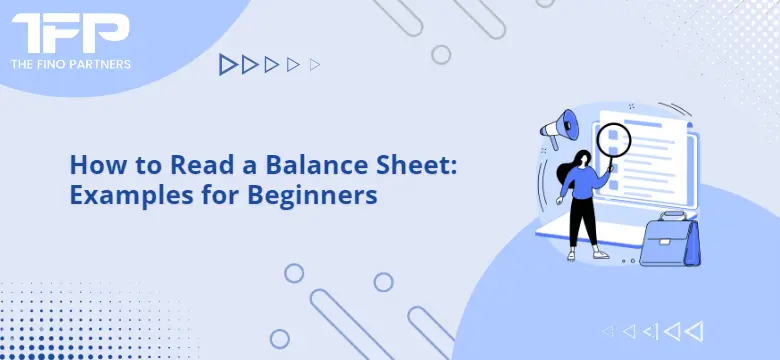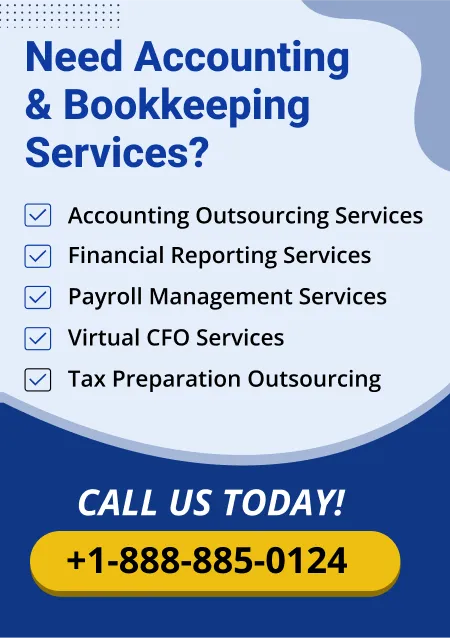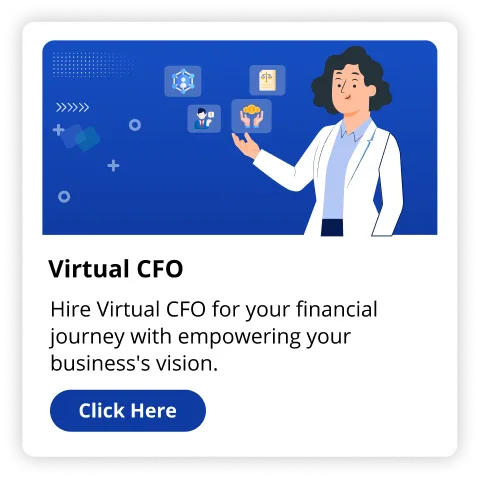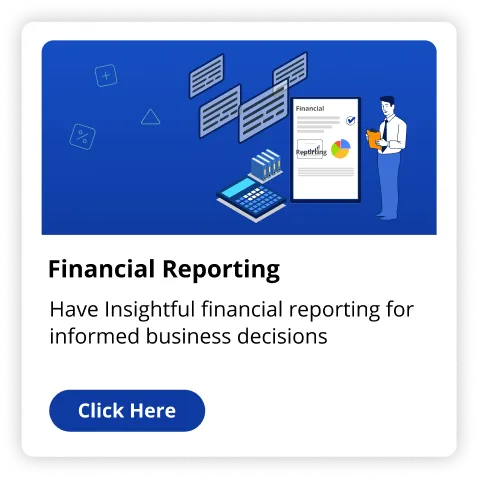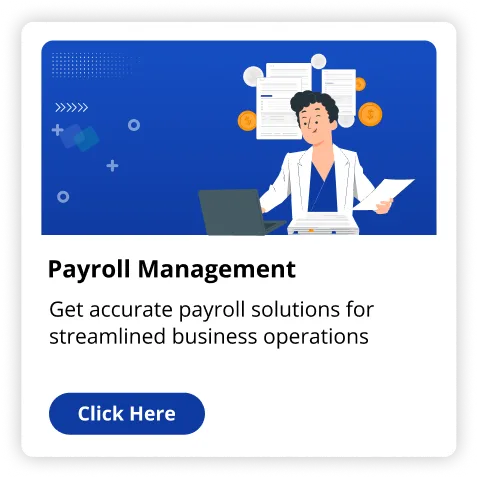How do you tell if your business is financially healthy? You can understand a great deal about your business from reading through a balance sheet. In case this is your 1st encounter with balance sheets, you need not be an accountant to comprehend basic accounting. Balance sheets are simpler than you may believe. Using Virtual bookkeeping Services may also help, since the professionals do all the bookkeeping so you can concentrate on understanding what matters.
Let us examine what balance sheets are step by step and learn to read them like a pro.
What's a Balance Sheet?
A balance sheet displays your business's assets, debts, and equity in a certain moment. Consider it a snapshot of what your business has and owes at any given moment. It's one of the 3 financial statements every business person ought to know (the others being the income statement and cash flow statement). Unlike the income statement, which reports on company activity over a period of time, a balance sheet shows precisely where things stand today.
Key Components of a Balance Sheet
Your balance sheet contains three primary parts:
- Assets: What your business owns.
- Liabilities: What your business owes.
- Equity: The value that you own or the owners own.
Each one of these components is broken down into smaller parts, which we'll examine next.
Assets: What Your Business Owns
Assets are things your business owns that have value. They are classified into two kinds :
- Current Assets: Things you could turn into cash within a year are money itself, accounts receivable (money owed to you by customers), inventory, along with prepaid expenses.
- Non-Current Assets: Assets you plan to keep over a year, like buildings, machinery, and intellectual property.
For example:
Imagine you run a little coffee shop. What your current and non-current assets could be like :
- Current Assets:
- Cash: USD 5,000
- Accounts Receivable: USD 2,000 (payments from purchasers that purchased via credit card) - Inventory: USD 1,500 (coffee beans, mugs, and more.
- Non-Current Assets:
- Equipment: USD 10,000 (espresso machines, chairs and tables).
- Trademark: USD 2,000 (name and logo for your shop).
For this instance, your total assets will be:
Total Assets = Currently - Assets + Non-Current Assets.
Total Assets plus USD 12,000 = USD 20,500.
Liabilities: What Your Business Owes
Liabilities are what your business owes to others. Like assets, liabilities are separated into current and non-current categories:
- Current Liabilities: Debts due within the year include accounts payable (bills to suppliers), wages to workers, or short term loans.
- Non-Current Liabilities: Debt due in over a year, including long-term loans or bonds from your business.
For example:
Back to our coffee shop: here are a few of your liabilities:
- Current Liabilities
- Accounts Payable: USD 1,000 (What you owe your coffee bean distributor).
- Payable Wages: USD 500 (wages as a result of employees)
- Non-Current Liabilities:
- Business Loan: USD 5,000 (a loan for equipment due in two years).
Total liabilities = Current Liabilities plus Non-Current Liabilities.
Total Liabilities USD 1,500 + USD 5,000 = USD 6,500
Equity: What’s Left Over for You
What's left for yourself or other owners after all debts are paid is equity. It includes your first investment, retained earnings (profits you invest into the business) combined with any extra funds you invest. To put it differently, equity would be your ownership in the company.
For example:
For the coffee house: Suppose you invested USD 8,000 and also you kept USD 6,000 this year from profits. This is just how it might look :
- Owner's Equity:
- Initial Investment: USD 8,000
- Retained Earnings: USD 6,000
Total Equity = Initial Investment minus Retained Earnings.
Total Equity USD 8,000 + USD 6,000 = USD 14,000
The Balance Sheet Equation
There are now assets, liabilities, and equity. Every balance sheet has this basic formula:
Assets means Liabilities minus Equity.
Using our example:
- Assets: USD 20,500 /.
- Liabilities: USD 6,500 -
- Equity: USD 14,000;
Assets or $ 20,500 = USD 6,500 + USD 14,000.
The equation balances, which is what we want. This formula must be balanced for a proper balance sheet.
How to Use Balance Sheet to Check Financial Health
Once you know the parts, you can begin analyzing your balance sheet to understand your financial position. The following are some ratios to help:
1. Current ratio
Your current Ratio is just how much your current liabilities can be paid by your present assets. The formula is:
Current Ratio = Current Assets/Current Liabilities.
For our coffee place :
At this time Ratio US 8,500 / USD 1,500 = 5.67.
This means you have more than enough paying down your short term debts. A ratio over 1 is generally healthy for your financial health.
2. Debt-to-Equity ratio
This demonstrates just how much your business owes to debt when compared with owner's equity. The formula: Here's the way :
Debt-to-Equity Ratio = Total Liabilities/Equity.
Using our example:
Debt To Equity Ratio USD 6,500/USD 14,000 = 0.246
A lower ratio means your business isn't significantly indebted - and that is usually great news for investors.
3. Quick ratio
The quick Ratio or acid-test ratio is a measure of liquid assets that may be quickly repaid. The formula doesn't include inventory:
Quick Ratio: (Cash + Accounts Receivable)/Current Liabilities.
For the coffee shop:
Quick Ratio is (USD 5,000 + USD 2,000)/USD 1,500 = 4.67.
A ratio greater than 1 enables your business to cover its short term liabilities without selling inventory.
Read Also:- Income Statements vs Balance Sheets: Key Differences
Wrapping Up
Reading a balance sheet is overwhelming in the beginning, but after you find the fundamentals you can utilize it. With these examples in your hand, you are able to begin examining your own balance sheet or hire Virtual Bookkeeping Services. The balance sheet shows where your business stands financially, and also enables you to make strategic choices, attract investors, and also control debt responsibly.
Regardless of whether you will need one to develop your business, get a loan or simply keep track of your funds, a balance sheet is able to assist you. Take a moment to review it each month to better understand your business's financial health.
For all your Virtual Bookkeeping Services, consult The Fino Partners.







